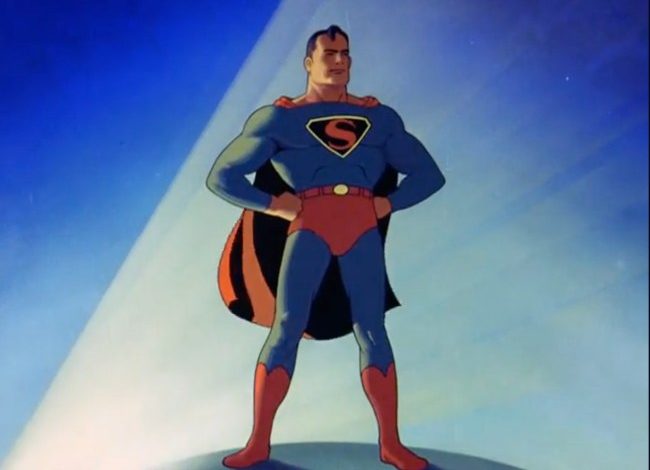James Gunn’s Superman and the Legacy of the 1941 Fleischer Animated Classic

James Gunn’s Superman is off to a stunning start at both the box office and with critics. Superman adaptations have historically been commercially successful, critically acclaimed, and recognized by the Academy Awards. Richard Donner’s iconic 1978 Superman, starring Christopher Reeve, paved the way for celebrated comic book adaptations like The Dark Knight and Black Panther. Donner’s film earned three Oscar nominations, including one for John Williams’ epic score, and received a Special Achievement Academy Award for its groundbreaking visual effects.
Superman’s live-action adaptations date back to the 1948 serial and the 1950s TV show The Adventures of Superman, starring George Reeves. However, the first Oscar-worthy Superman appearance was actually an animated short from 1941, produced by animation pioneer Max Fleischer.
The Origins of Superman Animation
Superman first appeared in Action Comics No. 1 (1938), and his rapid rise to the big screen followed. In 1940, Paramount Pictures secured the coveted film rights to Superman, beating Republic Pictures, which then adapted Captain Marvel (now DC’s Shazam!) in serial form. Paramount partnered with Fleischer Studios, partially owned by the studio, to create the Superman animated series, which became a landmark in comic book movie history.
Max and Dave Fleischer founded Fleischer Studios in 1929, initially gaining success through the Popeye the Sailor Man cartoons, including the 1936 short Popeye the Sailor Meets Sindbad the Sailor, which earned the Fleischers their first Academy Award nomination.
With input from Superman co-creator Joe Shuster, who helped refine the character’s design, Fleischer Studios began work on the series, aiming for a Christmas 1940 release. Production delays pushed the premiere of the first episode, The Mad Scientist, to September 1941. It became the first of 17 shorts in the series.
Plot and Impact of the Fleischer Superman Series
The Mad Scientist opens with a threatening note to Clark Kent’s editor, Perry White, from the unnamed “Mad Scientist,” who plans to use his Electrothanasia-Ray for destruction. Lois Lane attempts to investigate but is captured, prompting Superman to intervene and save the day.
This series became an early high point in superhero adaptations, with Paramount even commissioning theatrical trailers for the cartoons, a novel marketing approach for short animated films at the time.
See More ...
Legacy and Influence
Midway through production, the Fleischer brothers had a fallout, leading Paramount to dissolve Fleischer Studios after nine episodes. The studio was reorganized as Famous Studios, which produced the remaining eight episodes with new voice actors and darker themes, although with declining quality. The series ended in 1943, and the rights eventually returned to National Comics (now DC Comics), though they failed to renew copyrights, placing the series into the public domain—making it widely available on platforms like YouTube.
Notably, Fleischer’s Superman introduced Clark Kent breaking the fourth wall, a humorous device later adopted in the comics. The shorts featured hallmark Superman elements like mad scientists, giant robots, and anti-Nazi patriotism, accompanied by dazzling animation that influenced future superhero adaptations.
At the 14th Academy Awards in 1942, the Fleischer Superman was nominated for Best Short Subject, Cartoons, the first superhero film to receive an Academy Award nomination. Though it lost to Disney’s Lend a Paw, the nomination marked a milestone.
Enduring Cultural Impact
The 1941 Fleischer series ranks No. 33 in the book The 50 Greatest Cartoons, praised for its comic book style and storytelling. Its visual style influenced the Emmy-winning Batman: The Animated Series (1992-95). Director James Gunn honors this legacy by featuring a snippet of the Fleischer Superman in his new film, symbolizing a connection to the past and the passing of the Man of Steel torch.




